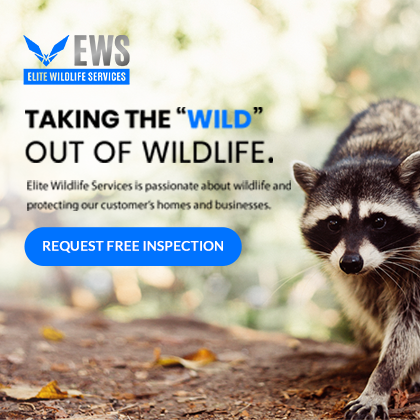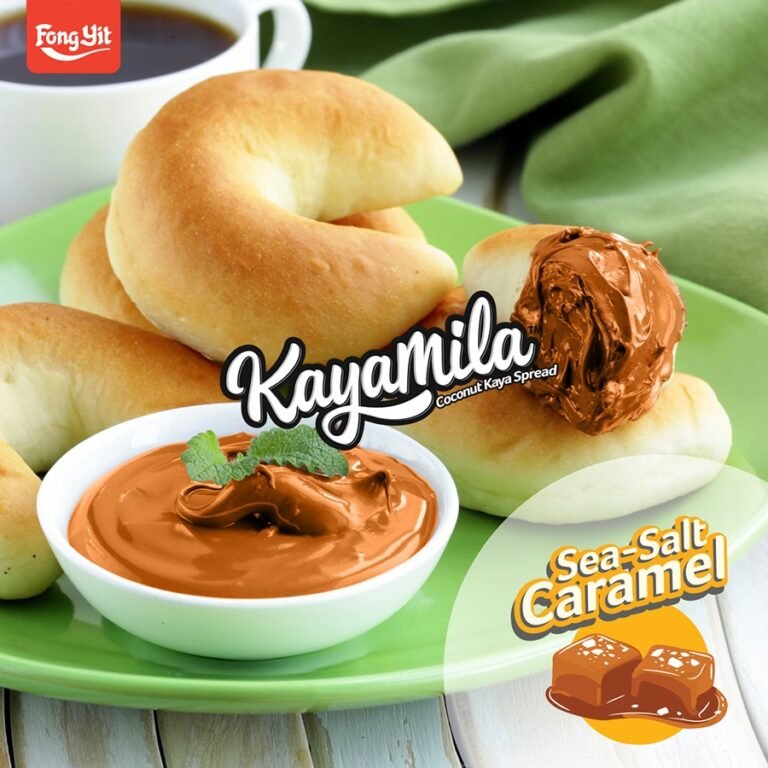Choosing the right marketing political program can be a game-changer for your business organization. Whether you’re expected to work up in high exchange landing pages or manage an entire inward strategy, both Unbounce and HubSpot proffer robust solutions—but they provide slimly unlike needs. In this post, we’ll compare these two industriousness-chair platforms incline-by-side of meat, helping you settle which one aligns best with your goals, budget, and technological know-how.
1. Overview: Unbounce and HubSpot in a Nutshell
Unbounce
- Primary Focus: A consecrated landing Page builder with built-in A/B testing and conversion optimization features.
- Ideal Users: Seller and diminished to mid-sized businesses looking to easily create, test, and optimize landing Thomas Nelson Page without heavy coding.
HubSpot
- Primary Focus: An all-in-one inbound marketing retinue, covering email merchandising, CRM, social mass medium, blogging, landing pages, and more.
- Ideal Users: Line train for a comprehensive merchandising, sales, and customer help solution in a single platform.
2. Key Features Comparison
Unbounce: Tailored for Conversion Optimization
- Landing Page Builder
- Drag-and-drop editor with a library of high-converting templates.
- Easy to create reactive, mobile-friendly Page without coding.
- Built-In A/B Testing
- Quickly launch split tests to optimize headlines, CTAs, or plan elements.
- Actionable insights to boost conversion rates over time.
- Conversion-Boosting Extras
- Popups and sticky Browning automatic rifles for publicity or email capture.
- Dynamic Text Replacement (DTR) to equate advertising copy with landing page headlines.
- Third-Party Integrations
- Connects seamlessly with popular CRMs and email marketing dick like Mailchimp, HubSpot (yes, you can mix Unbounce with HubSpot! ), Salesforce, and more.
HubSpot: The All-in-One Marketing Powerhouse
- Marketing Automation
- Create automated workflows that bring up results through email successiveness and personalized content.
- Advanced division for target campaigns.
- CRM & Sales Tools
- Built-in CRM for get-by contacts, deals, and pipelines.
- Sales mechanization features like meeting scheduling and quote creation.
- Content Management System (CMS)
- Build an entire-fledged site, blogs, and landing pages on HubSpot’s CMS.
- On-page SEO testimonial and content strategy tools.
- Analytics & Reporting
- Detailed dashboards showing every phase of the customer journey.
- Measure carrying into action across selling, sales, and service.
3. Pricing Breakdown
Unbounce
- Subscription Tiers: Loosely bid multiple plans (e.g., Launch, Optimize, Accelerate, Concierge) with different landing page, visitor, and conversion limits.
- Annual Discounts: You can sometimes save 10-20% by selecting annual billing.
- Focus on Landing Pages: Because it’s not an all-in-one platform, you pay specifically for landing page-related feature articles, which can be more cost-efficient if that’s all you need.
HubSpot
- Varied Hubs: Split into Marketing Hub, Sales Hub, Service Hub, and CMS Hub. Free CRM is available, but in advance features are pricey.
- Scalability: Jump with a free tier, but endeavor-level features can be importantly more expensive.
- Bundled Suites: “HubSpot bundles” can be a good deal if you plan to use multiple Hubs extensively.
4. Ease of Use
Unbounce: Streamlined for Landing Page Creation
- Learning Curve: Minimal—perfect for teams who want to focus on spiritual rebirth optimization without plunging into a complex ecosystem.
- Page Editor: Highly intuitive puff-and-drop tool that most drug users can master quickly.
HubSpot: Centralized, but Potentially Complex
- Unified Interface: All your marketing, sales agreement, and customer service tools in one place.
- Learning Curve: Eminent—due to its breadth of features (blog, electronic mail, societal media, CRM, landing page, automation, etc. ).
- Training Resources: HubSpot Academy offers an extensive path, but newfangled exploiters may feel overwhelmed if they only demand specific capabilities.
5. Which One Should You Choose?
- If You Need a Dedicated Landing Page Solution
- Go with Unbounce if your primary end is to create and optimize landing page pages. Its specialized feature film, user-well-disposed interface, and flexible desegregation make it an excellent choice for conversion-concentrate campaigns.
- If You Desire a Whole-in-One Marketing Platform
- HubSpot is ideal for businesses seeking a comprehensive inward merchandising and sales solution. It’s robust but be prepared to endure time in encyclopedism (and potentially a higher budget) to unlock advanced features.
- Using Both
- Some businesses integrate Unbounce’s specialized landing page builder with HubSpot’s CRM and marketing automation. This hybrid overture imparts you the respectable of both worlds: top-tier up-landing Thomas Nelson Page plus a potent all-in-one platform.
6. Final Thoughts
Unbounce excels at creating gamey-convince landing Pages with minimal flap, while HubSpot declares itself an expansive retinue for inbound marketing, cut-rate sales, and customer service. Ultimately, the full choice depends on your specific business motivation, budget, and long-term selling goals.
- If you want to run away point military campaign and optimize landing Sir Frederick Handley Page with forward-looking testing, Unbounce is likely your top pick.
- If you postulate a full ecosystem to manage booster cable, automate e-mail drive, and go after softwood in one property, HubSpot might be worth the mysterious investment.
For more information about our work, please refer to this page.















